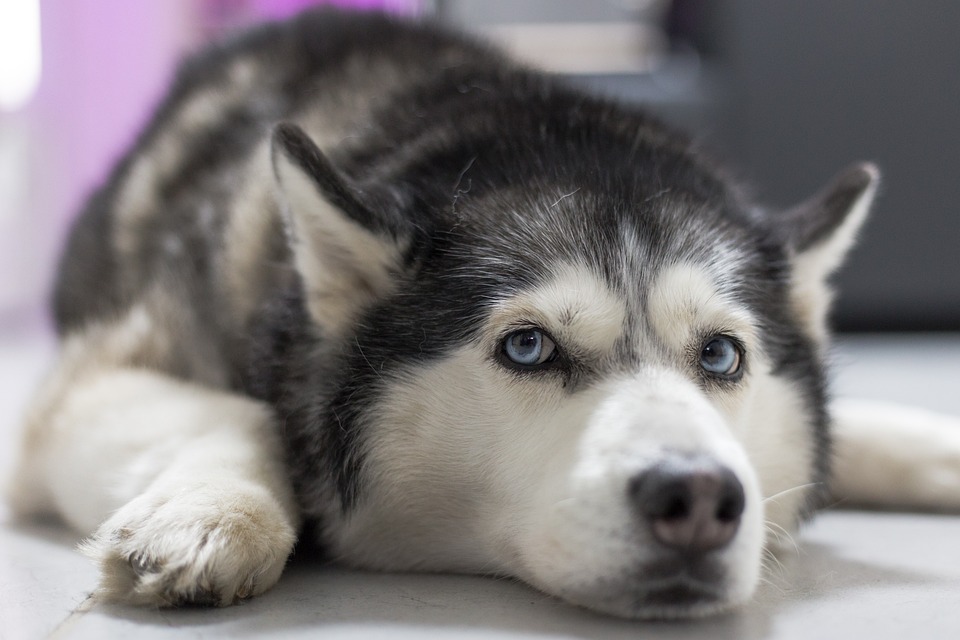Teaching your dog to dance can be a fun and rewarding experience for both you and your furry friend. Not only does it strengthen the bond between you, but it also provides mental stimulation and a fun challenge for your dog. Plus, who wouldn’t be impressed by a talented canine companion who can dance on their hind legs?
Before diving into dance training, it’s important to assess your dog’s physical abilities. Dogs with orthopedic issues or physical limitations may struggle with this trick, so consulting your veterinarian is a wise first step. Once you’ve determined that your dog is physically capable of dancing, you can begin the training process.
Positive reinforcement is key to successful dog training, so choose the right reward for your dog. Select treats or toys that your dog finds irresistible – high-value rewards will motivate your dog to learn and perform the dance trick consistently.
Establishing a clear cue is also important. Decide on a verbal or visual cue that you will use consistently to indicate when it’s time for your dog to dance. This will help your dog understand and associate the cue with the desired behavior.
Now, let’s dive into the step-by-step guide to teaching your dog to dance.
The first step is to teach your dog the sit-up position. Hold a treat near your dog’s nose and slowly raise it above their head. As your dog follows the treat, their front paws will lift off the ground. Mark the behavior with a clicker or a verbal cue such as “dance” and reward your dog with the treat and praise. Gradually increase the duration your dog remains in the sit-up position before giving the reward.
Once your dog has mastered the sit-up position, it’s time to work on balancing on their hind legs. Hold the treat slightly above your dog’s nose, encouraging them to stand on their hind legs. Support your dog’s body gently to help them find their balance. Use your cue word or clicker to mark the behavior and reward your dog generously. Practice this step regularly, gradually reducing the amount of support you provide.
Now, let’s add some dance-like movements to your dog’s trick. Move your treat in a circular motion, encouraging your dog to follow it while standing on their hind legs. As your dog starts to rotate, use your cue word or clicker to mark the behavior and reward your dog with treats and enthusiastic praise. Practice this step in different directions and at varying speeds to help your dog generalize the behavior.
Here are some frequently asked questions about teaching your dog to dance:
Q1: Can any dog learn to dance?
While most dogs can learn to dance, certain breeds may find it easier due to their physical build. However, with patience and consistent training, dogs of all sizes and breeds can learn this trick.
Q2: How long will it take to teach my dog to dance?
The time required to teach your dog to dance can vary depending on your dog’s individual learning pace. It typically takes several weeks of consistent training sessions to achieve reliable results.
Q3: Are there any risks associated with teaching my dog to dance?
When taught correctly, dancing poses no inherent risks for your dog. However, it’s crucial to prioritize your dog’s safety by ensuring they have proper physical strength and by using positive reinforcement techniques.
Q4: Can I use clicker training for dancing?
Absolutely! Clicker training is an effective method for teaching your dog to dance. The clicker serves as a marker for the desired behavior, making it easier for your dog to understand what they’re being rewarded for.
Remember, patience, consistency, and positive reinforcement are essential when teaching your dog to dance. Embrace the journey, celebrate small successes, and enjoy the special bond that training creates between you and your furry friend. So, start dancing today and unleash your dog’s inner paw-tential!









